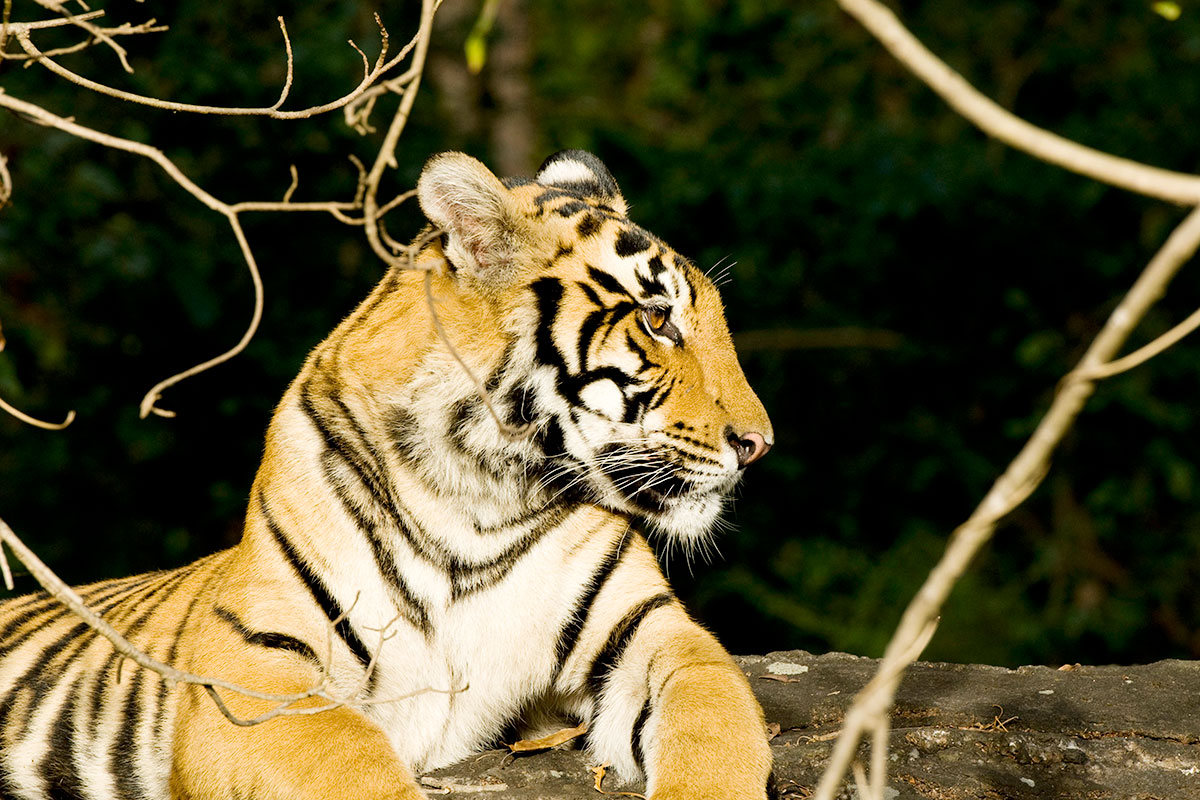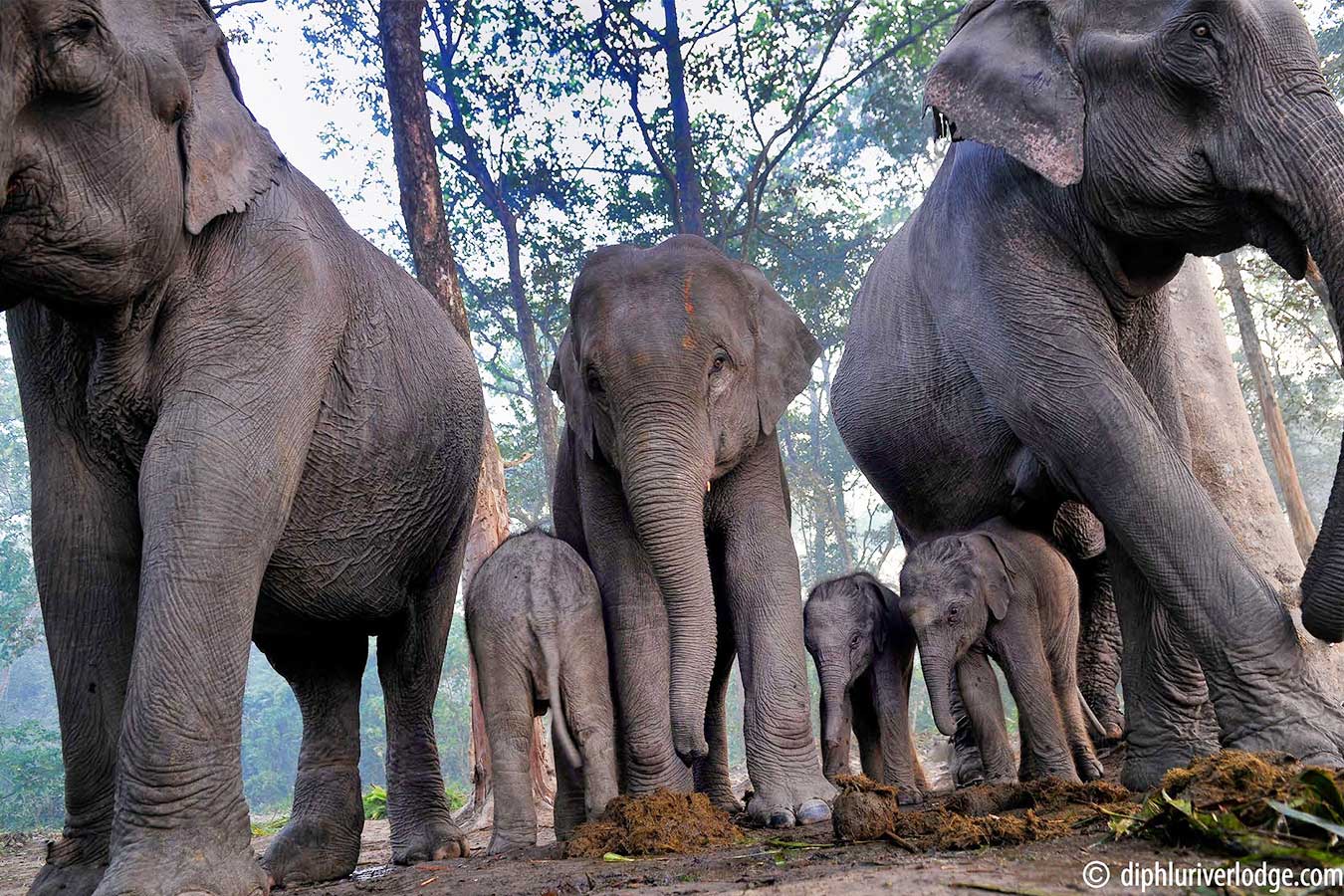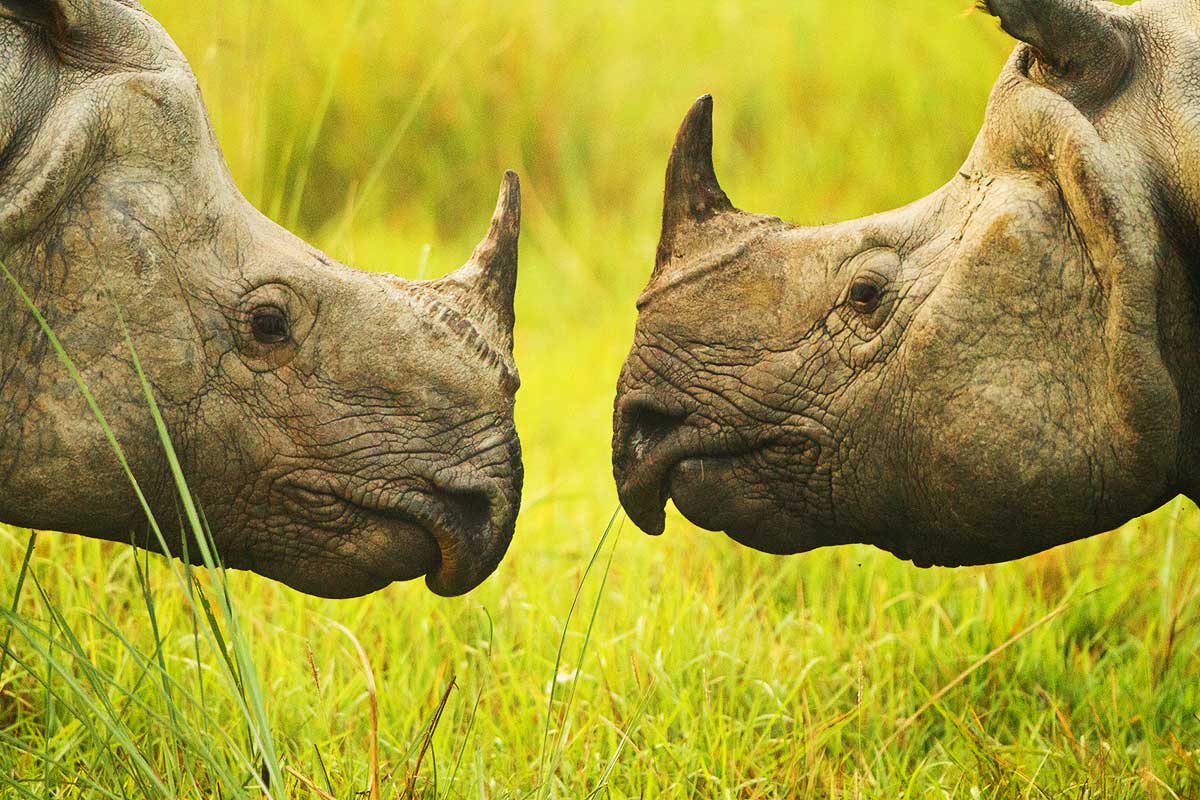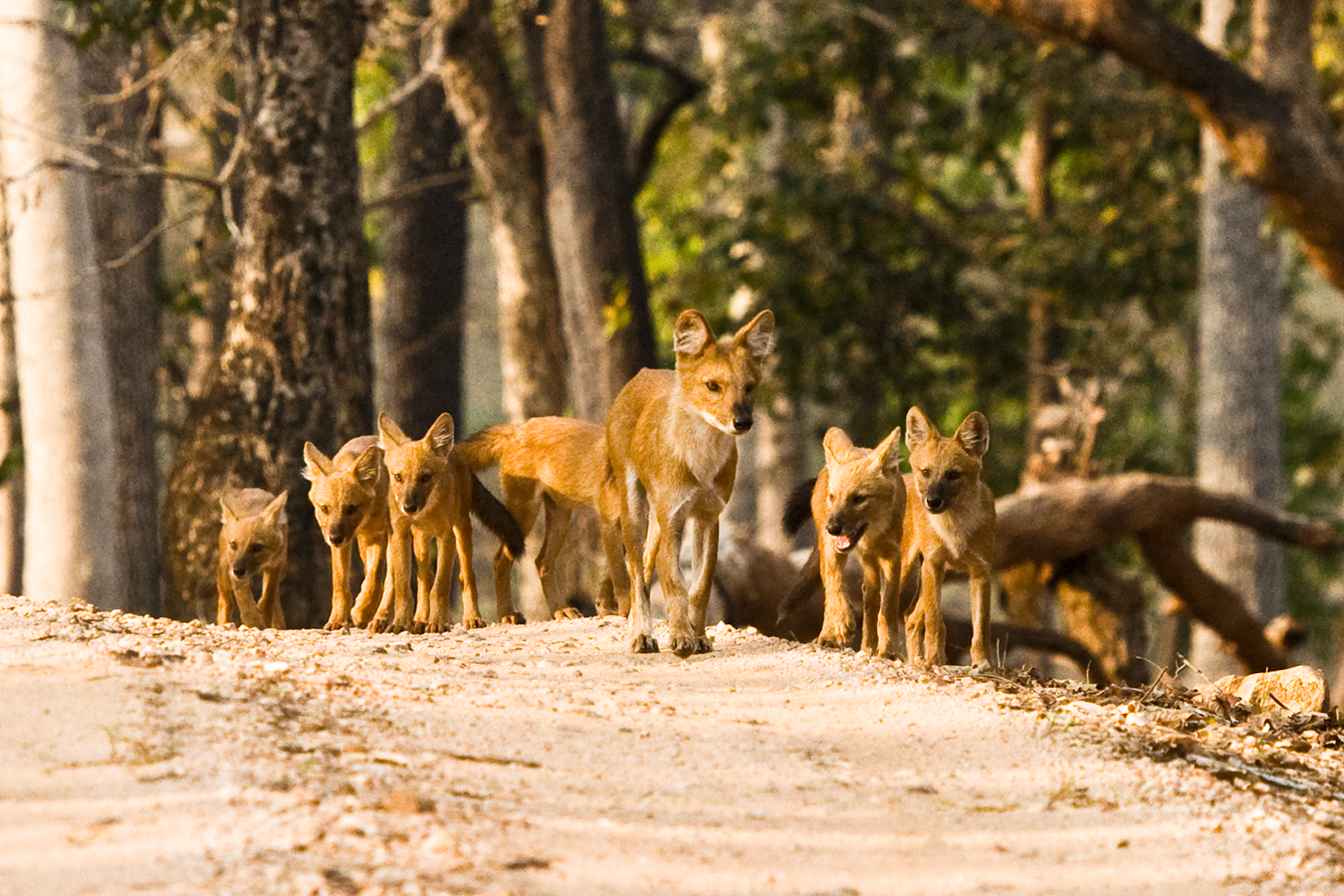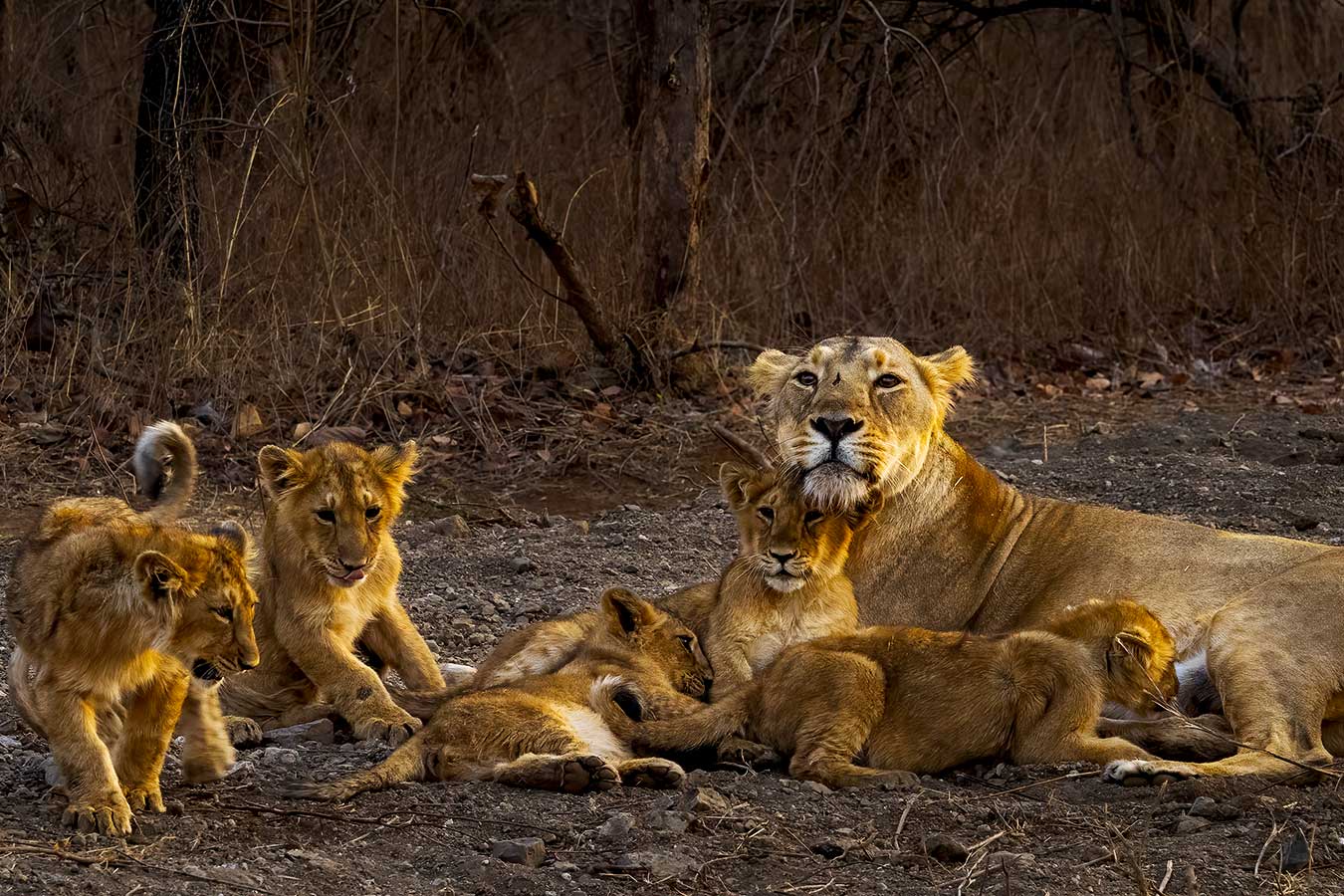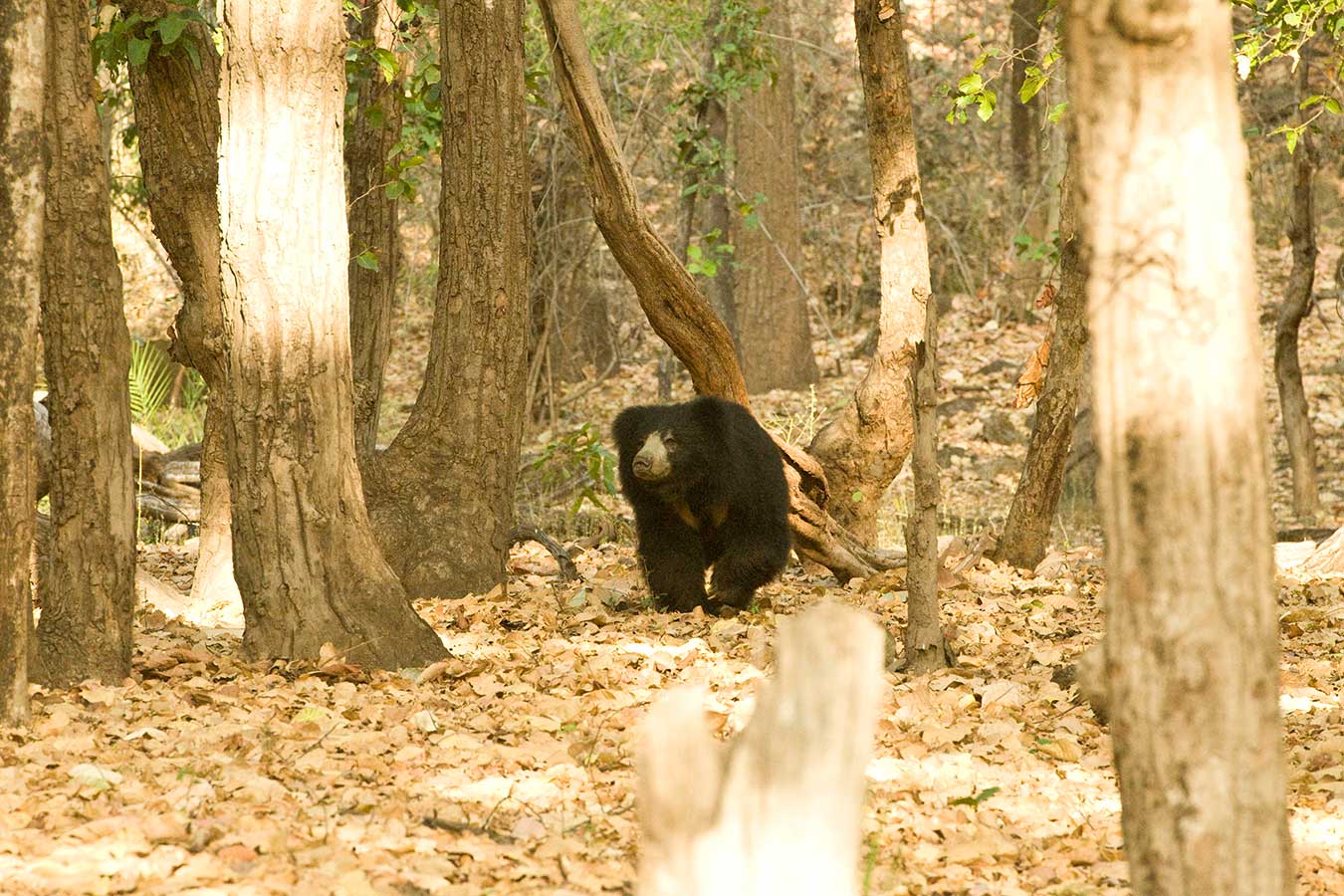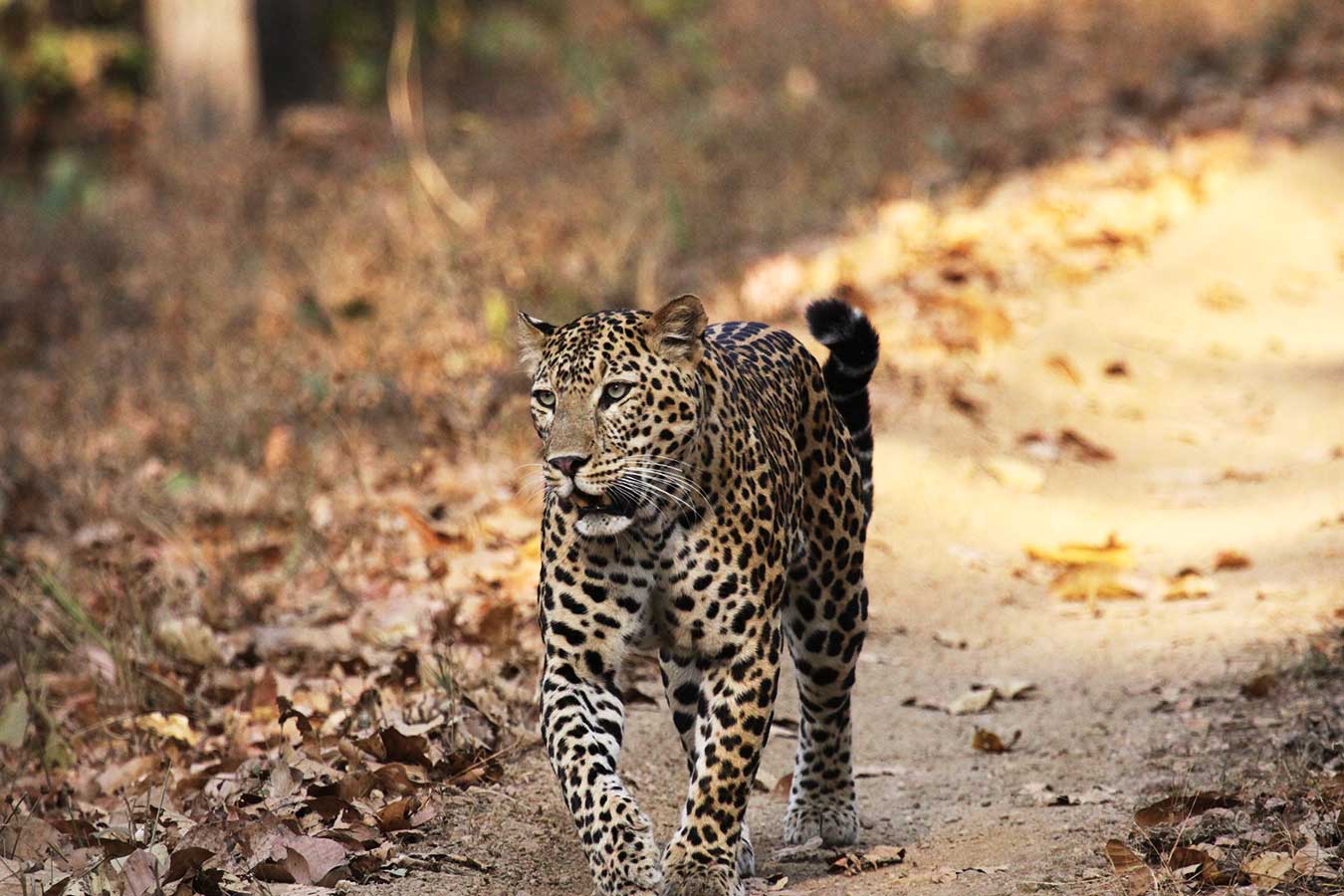The Big 7
Keystone Species
Every jungle has its “big boys.” These are the creatures that anchor the entire ecosystem. While other countries may have one or two keystone species, India has several.
Most of them are native to our jungles, and several are endemic and critically endangered.
At Encounters Asia we’ve made it our passion to observe these species over generations. When you safari with us across the different jungles of India, it’s an awe-inspiring experience, as you get close to these magnificent creatures in their native habitat.
